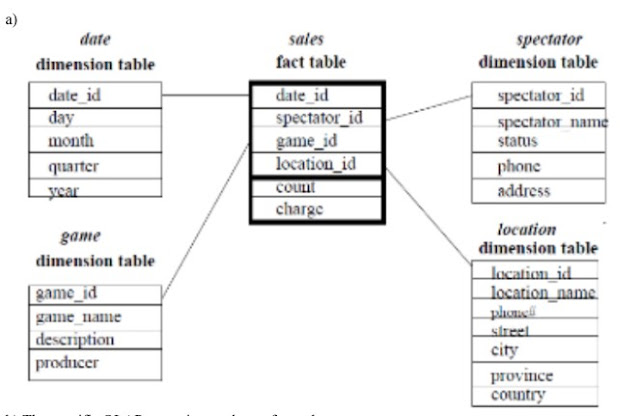List at least five potential benefits of B2B e-commerce.
B2B e-commerce promises many strategic benefits for participating firms, both the buyers and the sellers including:
• lower administrative costs
• lower search costs for buyers
• reduced inventory costs due to increased competition among the suppliers (which increases price transparency) and reducing inventory to a bare minimum
• lower transaction costs due to the elimination of paperwork and the partial automation of the procurement process
• increased production flexibility by ensuring delivery of parts “just-in-time”
• improved quality of products due to increased cooperation among buyers and sellers, reducing quality issues
• decreased product cycle time due to the sharing of designs and production schedules with suppliers
• increased opportunities for collaborating with suppliers and distributors
• increased price transparency
.png)



Comments
Post a Comment